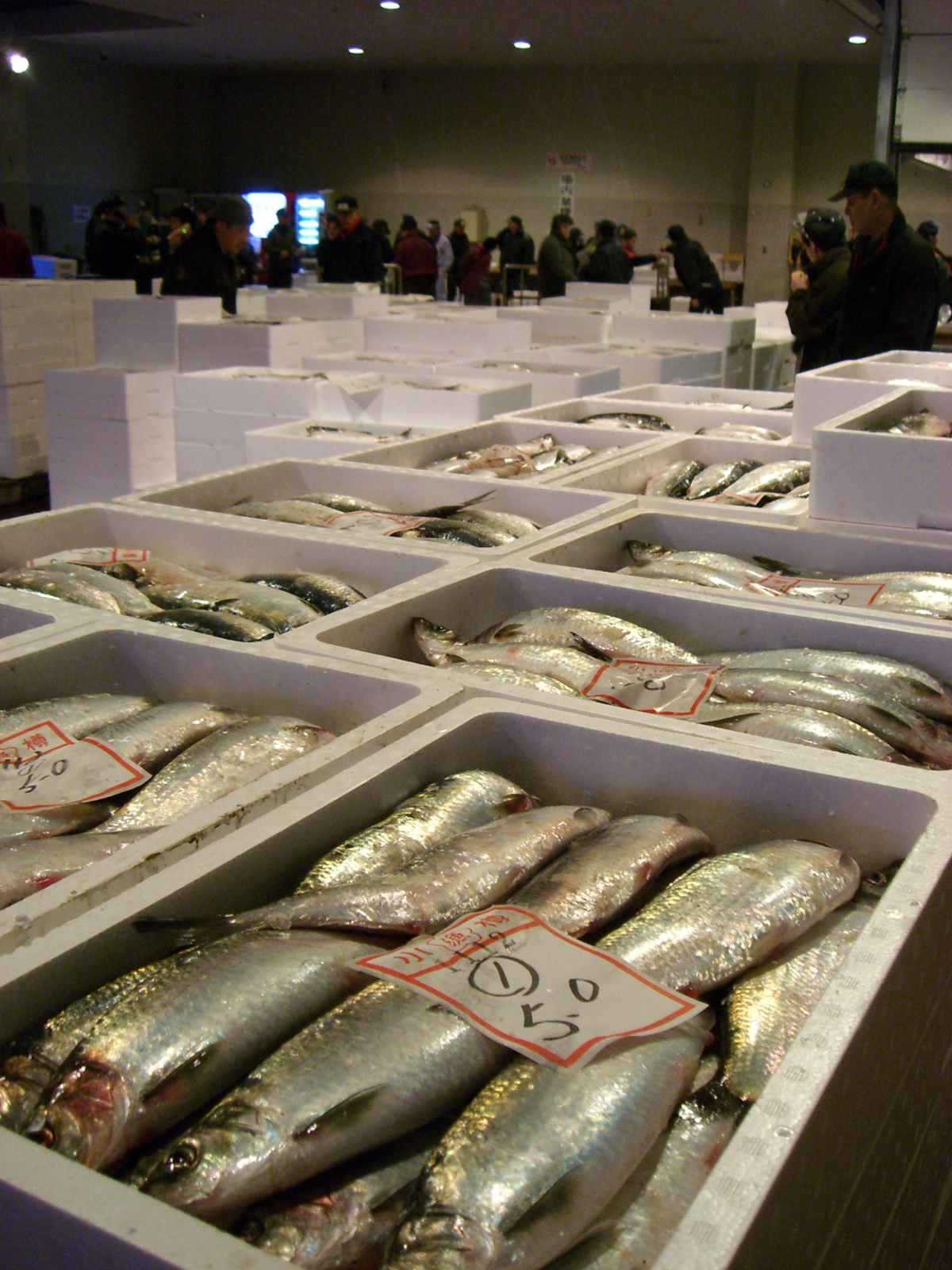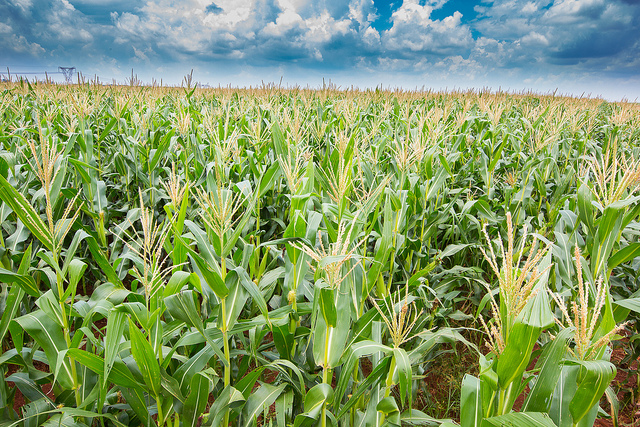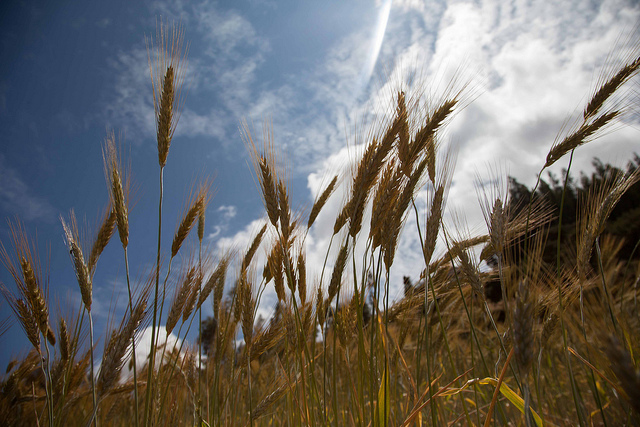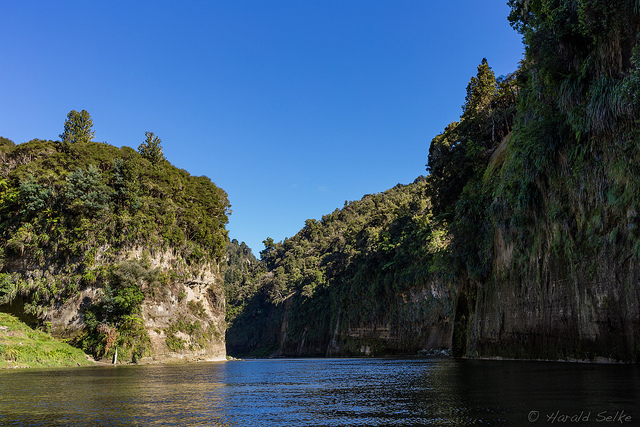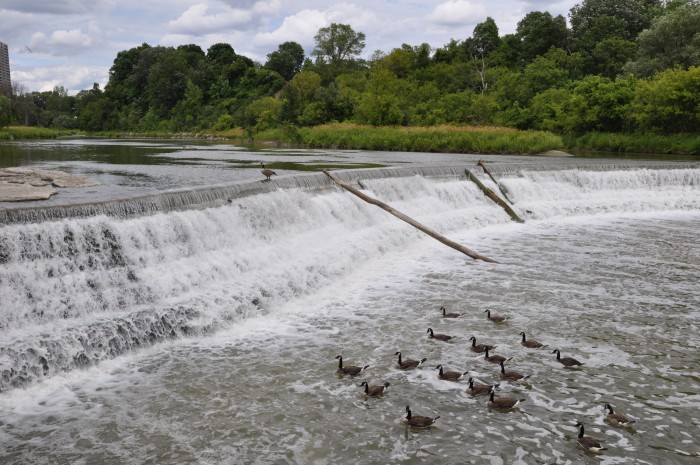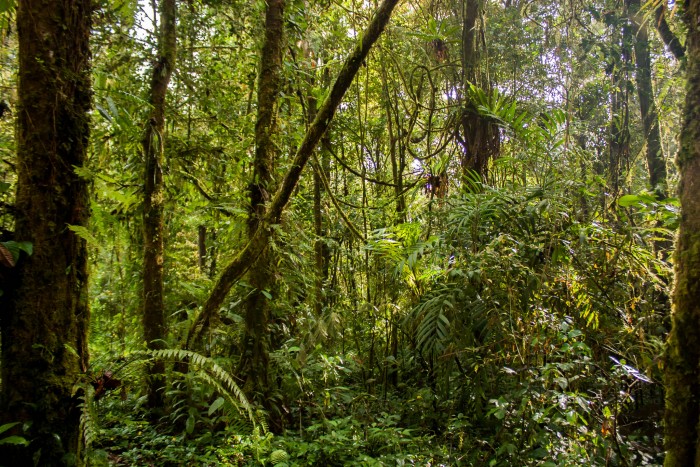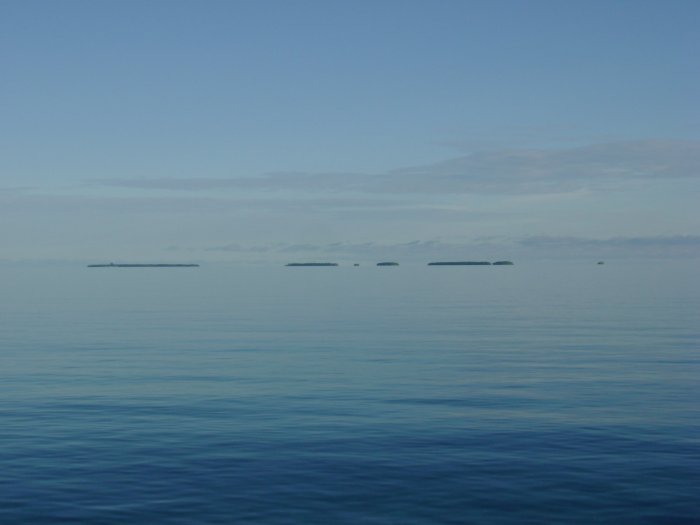The 1949 Fisheries Law in Japan underwent a historic revision in 2018, which went into effect in December 2020. The revision included the further application of science-based resource assessment, the introduction of the Individual Quota (IT) system, the expansion of the Total Allowable Catch (TAC) to more commercially targeted species, and the loosening of the entry restrictions to open fisheries to private companies. While the inclusion of scientific knowledge and approaches could deepen our understanding of oceans and marine species in the Anthropocene, most coastal fishing communities in Japan, whose fishing operation is local and cooperative-based, could find this revision a threat to their communal livelihoods due to its emphasis on rationalized single species-oriented approach to management, rather than a relational multi-species approach for their community wellbeing. This short essay aims to supplement and contextualize my recent article in Environment and Society (Hamada 2020) with the current state of Pacific herring fishery in Japan.
Posts
Lines in the Water: Thinking about access, tenure, and practice in traditional marine hunting communities
The sun beats down from a muggy, overcast sky. It turns the small hummocks of a calm ocean to a hammered pewter sheet as far as the eye can see. I sit towards the front of the boat with the harpooner’s assistant squinting out at the waters of the Savu Sea. It’s the end of a long hunting day on the water and we will soon call it quits and head home to Lamalera empty-handed after following a pod of sperm whales moving eastwards. We’re the farthest I have been out this season, but as I look north to the island, we are still directly south of the small peninsula of Atadei, on Lembata’s southern coast. At this moment I realize the endurance of Lamalera’s previous generations of marine hunters: as far as we have come, we are nowhere near the edge of the community’s historical hunting range.
Carbon Value between Equivalence and Differentiation
The latest Environment and Society featured article is now available! This month’s article—”Carbon Value between Equivalence and Differentiation”—comes from Volume 5 (2014). In his article, Steffen Dalsgaard reviews the different understandings of value implicated in debates about the environment seen through carbon by contrasting the values embedded in some of the various initiatives that have resulted from the Kyoto Protocol, and how they relate to the market, government control, and individual consumer morality, among other things.
Visit the featured article page to download your copy of the article today before it’s gone! A new article is featured every month.
Read More “Carbon Value between Equivalence and Differentiation”
Archaeology and Animal Persons: Toward a Prehistory of Human-Animal Relations
The latest Environment and Society featured article is now available! This month’s article—”Archaeology and Animal Persons: Toward a Prehistory of Human-Animal Relations”—comes from Volume 4 (2013). In his article, Erica Hill describes some of the ways in which archaeologists are reconstructing human engagements with animals in the past, focusing on relational modes of interaction documented in many hunting and gathering societies.
Visit the featured article page to download your copy of the article today before it’s gone! A new article is featured every month.
Read More “Archaeology and Animal Persons: Toward a Prehistory of Human-Animal Relations”
Rethinking the Food-versus-Fuel Debate
The latest Environment and Society featured article is now available! This month’s article—”Rethinking the Food-versus-Fuel Debate: An Appraisal of International Perspectives and Implications for the South African Industrial Biofuels Strategy”—comes from Volume 2 (2011). In his article, Shaun Ruysenaar seeks to rekindle a waning dialogue and provide a more robust outline of the major concerns that need to be addressed when considering biofuels production in South Africa from a food security perspective.
Visit the featured article page to download your copy of the article today before it’s gone! A new article is featured every month.
Climate Change Resilience and Adaptation
The latest Environment and Society featured article is now available! This month’s article—”Climate Change Resilience and Adaptation: Perspectives from a Century of Water Resources Development”—comes from Volume 1 (2010). In their articles, Clive Agnew and Philip Woodhouse identify parallels between the problem of adaptive management presented by climate change and an earlier “global water crisis.” The article explores how adaptive strategies have successively emphasized three different principles, based on science, economics, and politics/institutions
Visit the featured article page to download your copy of the article today before it’s gone! A new article is featured every month.
Mino-Mnaamodzawin: Achieving Indigenous Environmental Justice in Canada
The latest Environment and Society featured article is now available! This month’s article—”Mino-Mnaamodzawin: Achieving Indigenous Environmental Justice in Canada”—comes from Volume 9 (2018). In her article, Deborah McGregor explores the potential for advancing environmental justice (EJ) theory and practice through engaging with Indigenous intellectual traditions, highlighting the emergence of the Anishinaabe philosophy mino-mnaamodzawin (“living well” or “the good life”) that considers the critical importance of mutually respectful and beneficial relationships among not only peoples but all our relations.
Visit the featured article page to download your copy of the article today before it’s gone! A new article is featured every month.
Read More “Mino-Mnaamodzawin: Achieving Indigenous Environmental Justice in Canada”
The Metrics of Making Ecosystem Services
The latest Environment and Society featured article is now available! This month’s article—”The Metrics of Making Ecosystem Services”—comes from Volume 8 (2017). In her article, Pamela McElwee traces how definitions and metrics of ecosystem services (ES) have evolved and how they are sued, such as in biodiversity offsetting and wetland mitigation programs. Using the idea of the creation and deployment of calculative mechanisms, the article discusses how these processes proceed in different ES contexts, assesses what work has to happen ontologically to make ES commensurable and circulatable, and speculates on what the opportunities for future pathways other than commodification are.
Visit the featured article page to download your copy of the article today before it’s gone! A new article is featured every month.
Extractive Conservation: Peasant Agroecological Systems as New Frontiers of Exploitation?
The latest Environment and Society featured article is now available! This month’s article—”Extractive Conservation: Peasant Agroecological Systems as New Frontiers of Exploitation?”—comes from Volume 7 (2016). In their article, Anne Cristina de la Vega-Leinert and Peter Clausing analyze to what extent conservation has become an inherent element of extraction. They scrutinize the Land Sparing versus Land Sharing debate by explicitly incorporating environmental justice issues of access to land and natural resources and contend that dominant conservation regimes, embedded within Land Sparing, legitimize the displacement of local people and their land use to compensate for distant, unsustainable resource use.
Visit the featured article page to download your copy of the article today before it’s gone! A new article is featured every month.
The Social Life of Blame in the Anthropocene
The latest Environment and Society featured article is now available! This month’s article—”The Social Life of Blame in the Anthropocene”—comes from Volume 6 (2015). In his article, Peter Rudiak-Gould shows how life in the Anthropocene reconfigures blame in four ways—it invites ubiquitous blame, ubiquitous blamelessness, selective blame, and partial blame—and reviews case studies from around the world, investigating which climate change blame narratives actors select, why, and with what consequences
Visit the featured article page to download your copy of the article today before it’s gone! A new article is featured every month.
